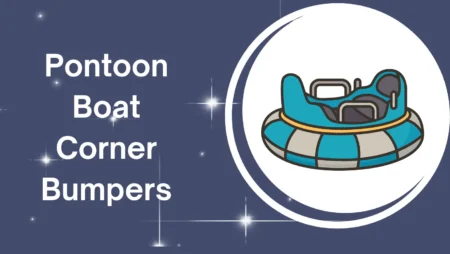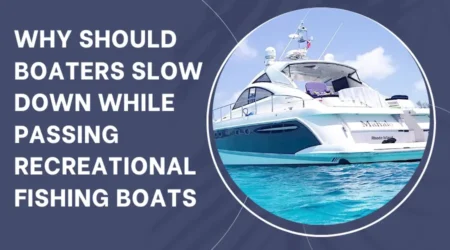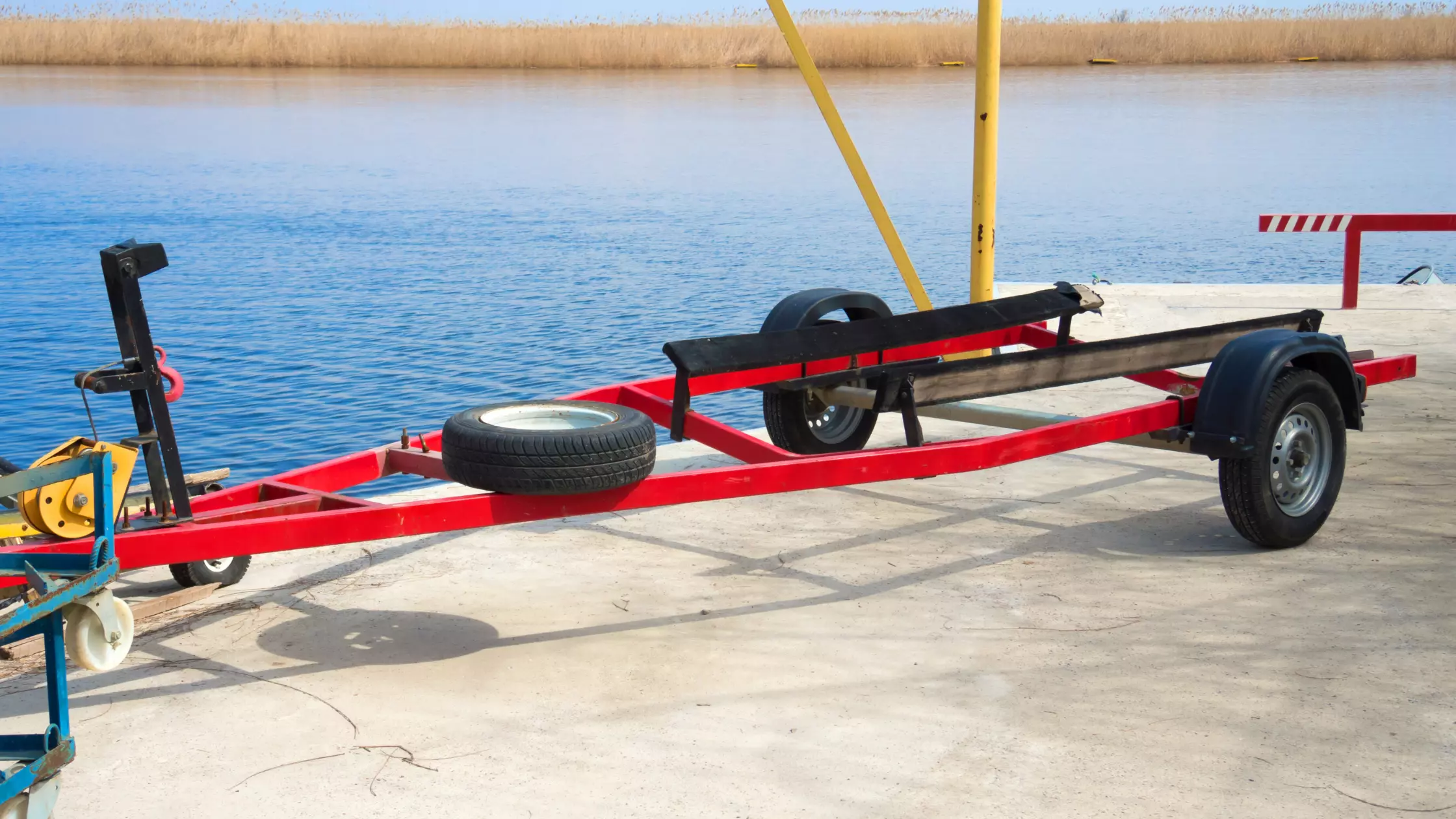There are two main types of boat trailers on the market, Bunk Vs Roller Trailer.
The main difference between Boat Trailer Roller and Bunk is their structure. Boat Trailer Roller has a series of rollers that support the boat’s hull, while Bunk has a series of cross beams that the boat rests on.
When choosing between a boat trailer roller bunk, it’s important to consider your boat,
Your budget and how you’ll be loading your roller boat trailers.
With this information in mind, you can make the best decision for your needs.
What Is A Bunk Trailer?
There are generally fishermen who buy bunk trailers as they offer an elegant solution.
In other words, there is less space between the axles, making maintenance easier compared with a roller-trailer.
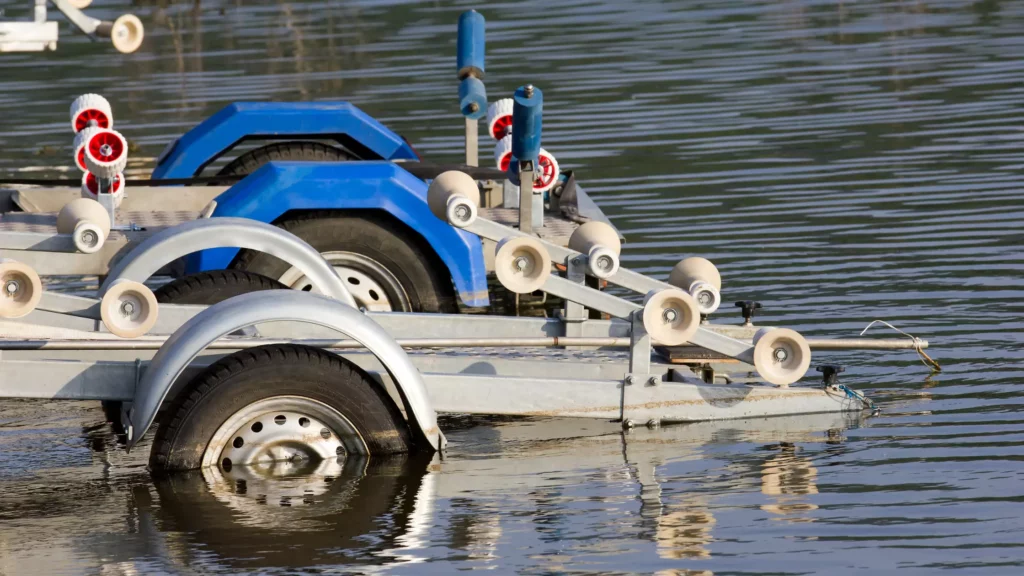
The price of Bunker Trailers can be lower than Rolling Trailers.
In this way, they appeal to fishermen with limited budgets. Bunk trailers can be useful for regaining your vehicle. You’re only necessary to put the boat into its container.
Bunk barges are generally less expensive than rollers.
Advantage of Bunk Trailers
Disadvantage Of Bunk Trailers
Trailer Keel Pads For Bunk Boat
These are placed under the keel beam to help protect it from damage. They also provide a buffer between the boat and the trailer, making loading and unloading easier.
Just like with keel rollers, there are many different types of keel pads available. You’ll need to select ones that are compatible with the width of your beam and the diameter of your rollers.
It’s also important to choose keel pads that are made from durable materials. This will help ensure they last for many years, even with heavy use.
Once you have the right keel pads in place, you can be confident that your trailer is well-protected. This will give you peace of mind when transporting your boat, knowing that it is safe from harm.
What Is Roller Trailer?
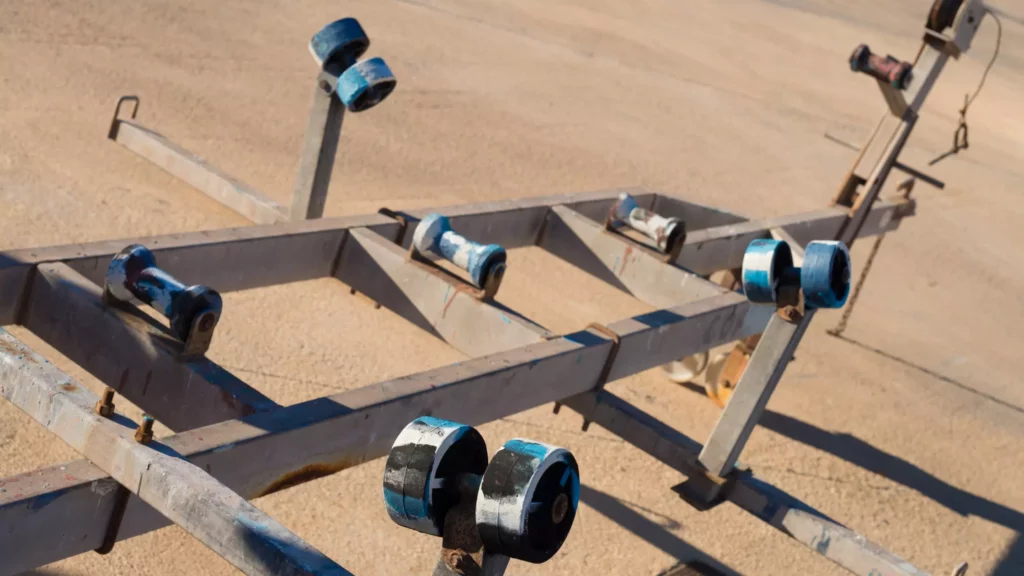
Roller Trailer is widely recognized for its modern style.
They are easier to manage than trailers because there is easy access even to salt water.
The roller makes towing simpler when it is backed by a trailer winch.
Because there are moving parts, the motor needs frequent maintenance, like removing the machine’s wheels for repair and maintaining them in a clean condition for good health.
Advantages Of A Roller Trailer
Disadvantage Of A Roller Trailer
Trailer Keel Rollers
These are the supporting beams that run along the bottom of the trailer and provide stability during travel. The rollers help to keep the boat level and supported, making it easier to load and unload.
There are many types of keel rollers available on the market, each designed for a specific type of boat. It is important to choose the right ones for your vessel to ensure safe and easy transport.
Some of the things you’ll need to consider when selecting keel rollers are the width of the beam, the diameter of the roller, and the material it is made from.
You’ll also want to ensure that the rollers are spaced evenly along the length of the trailer.
Once you have the right keel rollers installed, you’ll be able to load and unload your boat with ease.
This will make it easier to enjoy your time on the water, knowing that your vessel is safe and secure.
Can You Change A Bunk Trailer To A Roller?
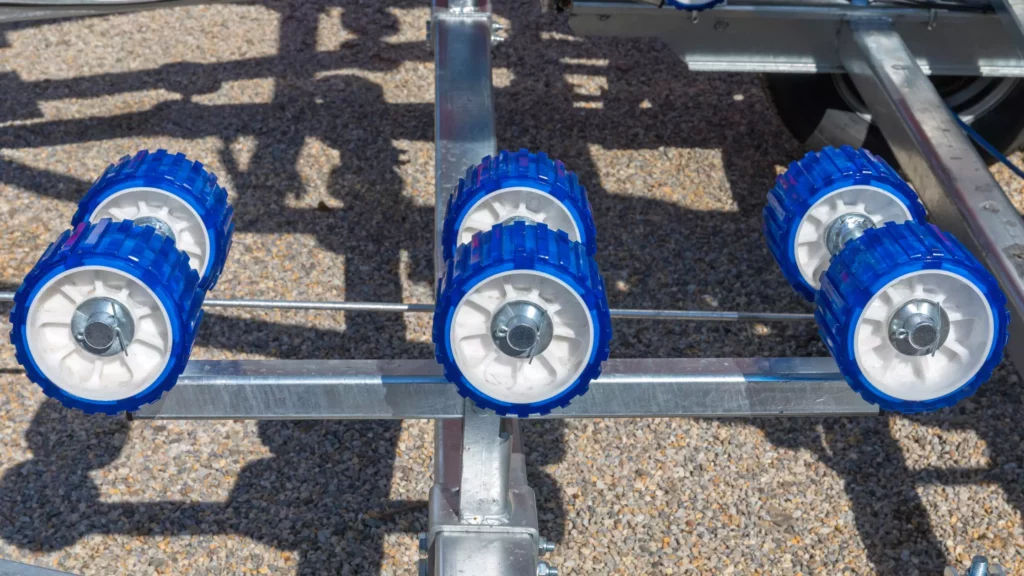
If you’re anything like us, you’ve probably asked yourself this question at least once: can you change a bunk trailer to a roller? The answer, unfortunately, is no.
Bunk trailers are designed specifically for hauling boats and other watercraft, and as such, they cannot be converted into rollers.
If you’re in the market for a new trailer, there are plenty of great options out there that will suit your needs.
So, if you’re in the market for a new trailer, don’t despair – there’s sure to be something out there that’s perfect for you.
What Are The Rollers On A Boat Trailer Called?
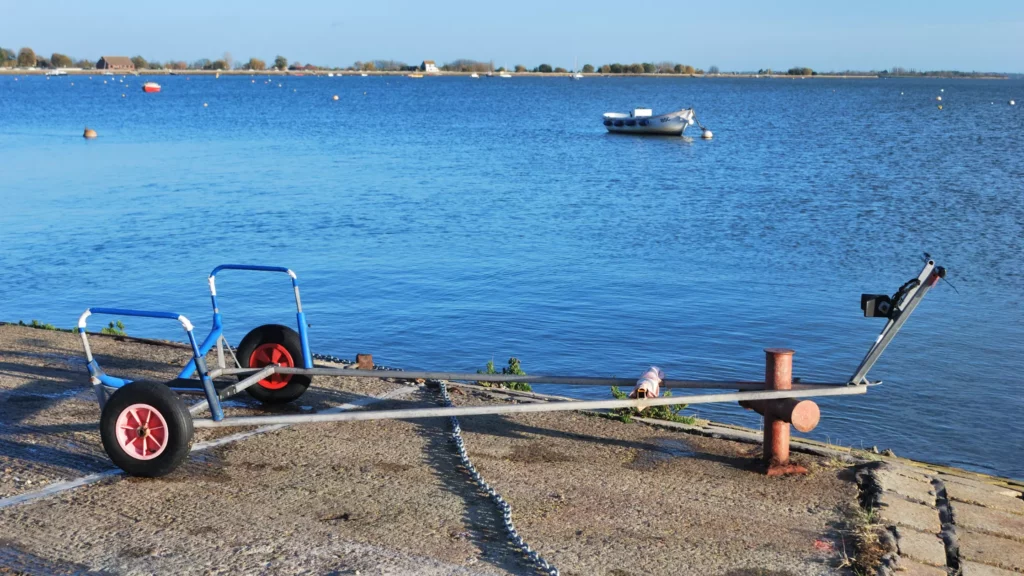
The rollers on a boat trailer are called bunks. Bunks are designed to support the boat’s hull and keep it level while in transit. Many trailers have two or four bunks, depending on the size and weight of the boat.
Boat trailers with four bunks are typically used for larger boats, while two-bunk trailers are typically used for smaller boats.
If you’re not sure what size trailer you need, it’s always a good idea to consult with a professional before making your purchase.
Why Do Bunk Trailers Have Rollers?
Bunk trailers have rollers to help support the boat’s weight and keep it level while in transit. Many trailers have two or four bunks, depending on the size and weight of the boat.
Boat trailers with four bunks are typically used for larger boats, while two-bunk trailers are typically used for smaller boats.
If you’re not sure what size trailer you need, it’s always a good idea to consult with a professional before making your purchase.
How Do I Change My Boat Trailer From Bunks To Rollers?
You may have bought your boat trailer secondhand, and it came with bunks instead of rollers. Or, you might have had a change of heart about which type of support system you prefer for your hull. No matter the reason, it is possible to convert your bunk-style boat trailer to one that uses rollers instead. Here is a quick guide on how to make the switch.
Now you know how to change your boat trailer from bunks to rollers.
This simple modification can make launching and loading your boat much easier, and it can also help protect your hull from scratches and dents.
Give it a try the next time you take your boat out on the water!
How To Install Keel Roller On Boat Trailer
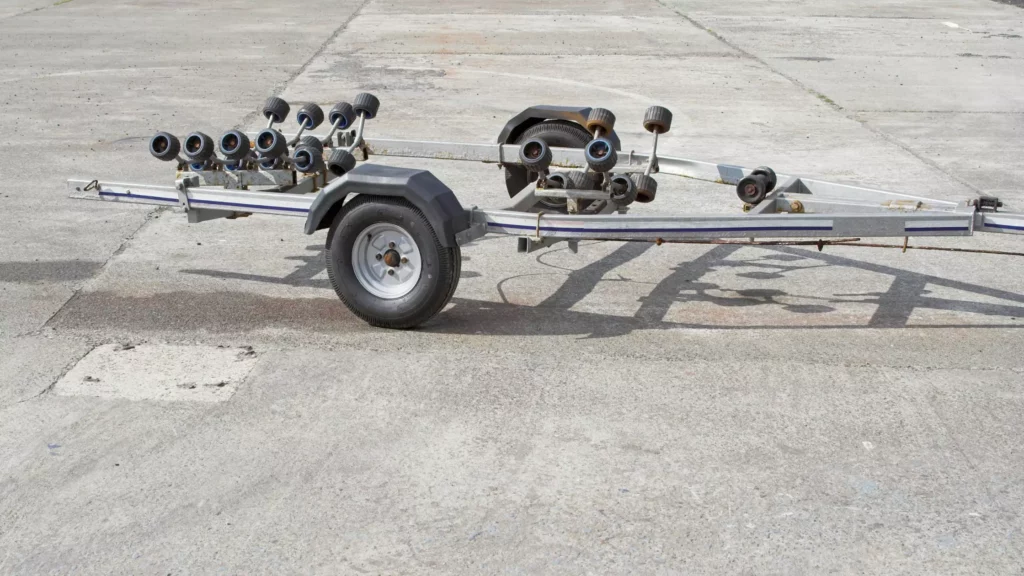
The number of bunks that are submerged depends on the size and weight of your boat. For smaller boats, four bunks may be sufficient.
For larger boats, you may need more bunks to provide adequate support.
Be sure to consult with a marine specialist before making any changes to your boat trailer.
How To Re Carpet Boat Trailer Bunks?
If your boat trailer bunks look a bit worse for wear, it might be time to give them a facelift. Replacing the carpet on your trailer bunks is a relatively easy and inexpensive way to do this.
You’ll just need to make sure you have the right tools and supplies before you get started.
Here’s what you’ll need to re-carpet your boat trailer bunks:
Replacing the carpet on your boat trailer bunks is a quick and easy way to give them a fresh, new look. With just a few supplies and some time, you can have your trailer.
Bunk Trailer Vs Roller Trailer Conclusion
So, now that you know the difference between a roller trailer and a bunk trailer,
Which one will you choose for your needs?
The answer, of course, is that it depends on what you need!
The bunk vs roller has their own benefits and drawbacks,
So it’s important to weigh them all before making a decision.
If you are looking for an easy way to launch and recover your boat, then a roller trailer is the way to go.
But if you want to have more freedom in where you can stop, load, and unload your boat, then a bunk trailer is the way to go.
But if you’re still not sure which one to get for your boating lifestyle,
Then the best solution is that you try both out by renting them first before deciding.
After all, it’s better to make the smart choice than make the wrong one!
Bunk Vs Roller Trailer FAQS
How should a dog sit on a roller?
Do boat trailers need rollers?
Can you change a bunk trailer to a roller?
How to replace a roller on a boat trailer
2. Remove the old roller and insert the new one in its place.
3. Tighten the bolts to secure the new roller in place.
4. Test the trailer to ensure the new roller is working properly.
If you have any questions or concerns, consult a professional for assistance.
How to roll a boat?
How to install roller bunks on a boat trailer?
You’ll need to know these dimensions to purchase the correct size and quantity of roller bunks.
Purchase new roller bunks. You can find these at most boating or marine supply stores. Be sure to get bunks that are long enough to support your boat’s hull and that have a width that will fit snugly against the hull’s sides.
Install the new bunks. Most bunks will come with installation hardware, such as brackets or U-bolts. Follow the instructions that come with your particular bunks. In general, you’ll need first to attach the brackets to the trailer frame using screws or bolts. Then, position the bunk over the bracket and secure it in place using the provided hardware.

